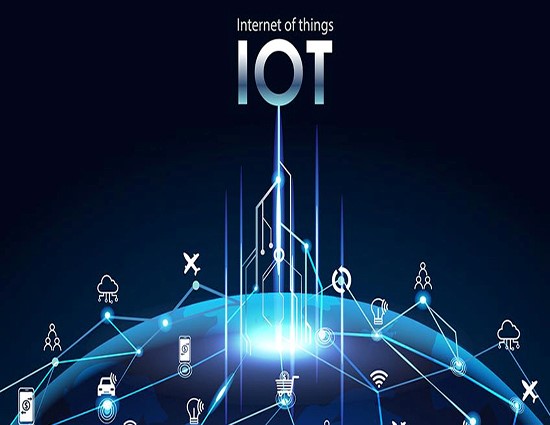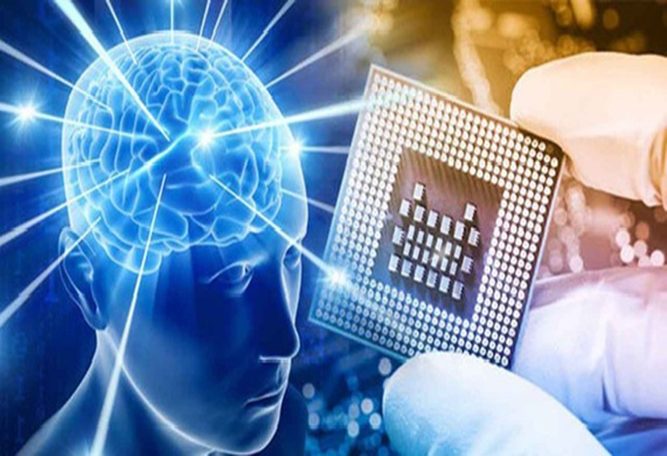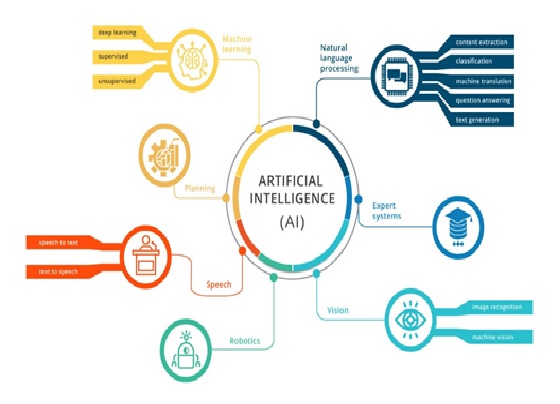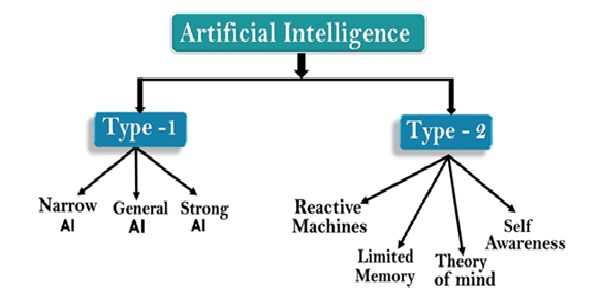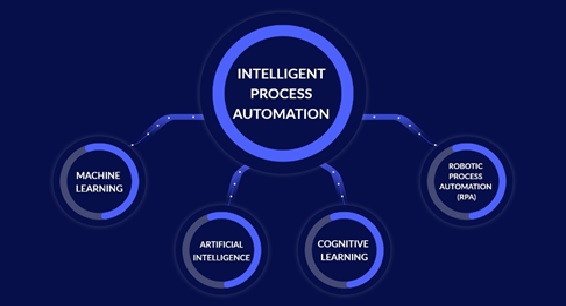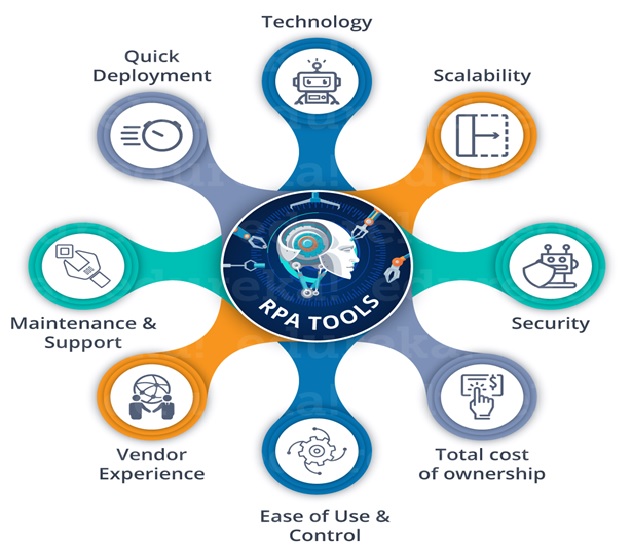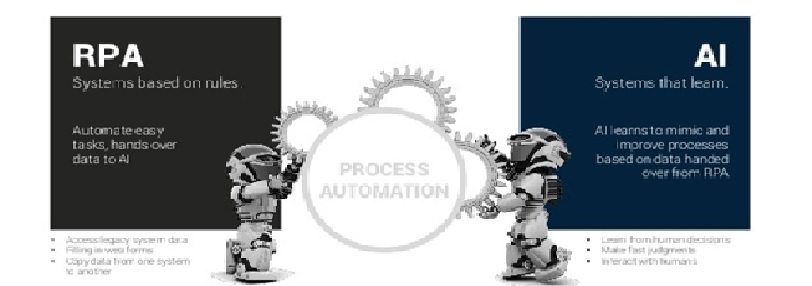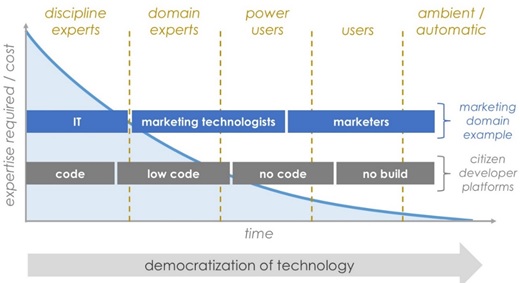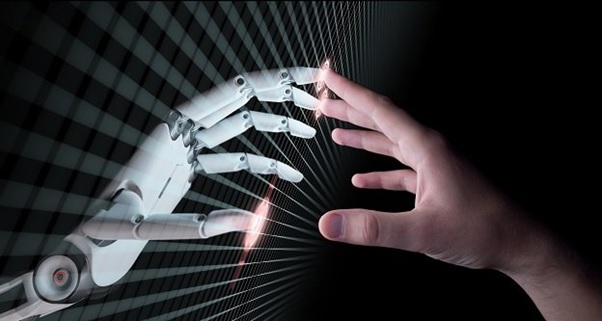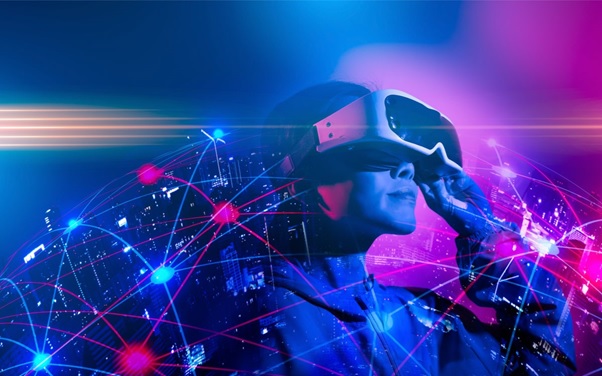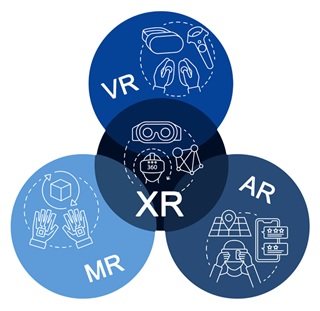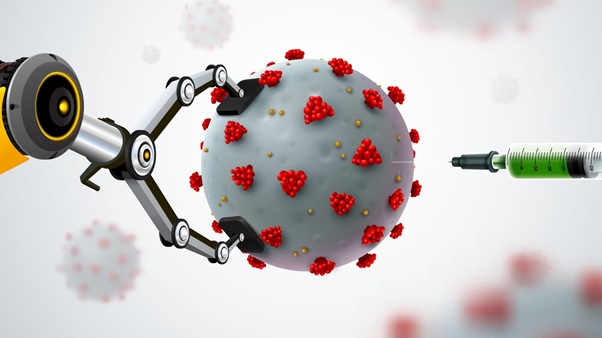IoT: Internet of Things
The internet of things, or IoT, is a system of interrelated computing devices, mechanical and digital machines, objects, animals or people that are provided with unique identifiers (UIDs) and the ability to transfer data over a network without requiring human-to-human or human-to-computer interaction.
A thing in the internet of things can be a person with a heart monitor implant, a farm animal with a biochip transponder, an automobile that has built-in sensors to alert the driver when tire pressure is low or any other natural or man-made object that can be assigned an Internet Protocol (IP) address and is able to transfer data over a network [1]. Figure 1 shows the internet of Things.
Increasingly, organizations in a variety of industries are using IoT to operate more efficiently, better understand customers to deliver enhanced customer service, improve decision-making and increase the value of the business.
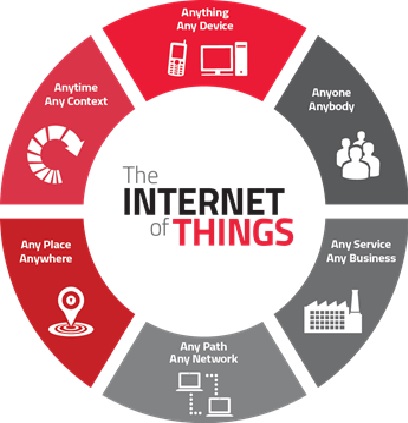
Figure 1: Understanding and Importance of IoT
Performance of IoT
An IoT ecosystem consists of web-enabled smart devices that use embedded systems, such as processors, sensors and communication hardware, to collect, send and act on data they acquire from their environments. IoT devices share the sensor data they collect by connecting to an IoT gateway or other edge device where data is either sent to the cloud to be analysed or analysed locally. Sometimes, these devices communicate with other related devices and act on the information they get from one another. The devices do most of the work without human intervention, although people can interact with the devices -- for instance, to set them up, give them instructions or access the data.
The connectivity, networking and communication protocols used with these web-enabled devices largely depend on the specific IoT applications deployed.
IoT can also make use of artificial intelligence (AI) and machine learning to aid in making data collecting processes easier and more dynamic.
Importance of IoT
The internet of things helps people live and work smarter, as well as gain complete control over their lives. In addition to offering smart devices to automate homes, IoT is essential to business. IoT provides businesses with a real-time look into how their systems really work, delivering insights into everything from the performance of machines to supply chain and logistics operations.
IoT enables companies to automate processes and reduce labour costs. It also cuts down on waste and improves service delivery, making it less expensive to manufacture and deliver goods, as well as offering transparency into customer transactions.
As such, IoT is one of the most important technologies of everyday life, and it will continue to pick up steam as more businesses realize the potential of connected devices to keep them competitive.
The benefits of IoT to organizations
The internet of things offers several benefits to organizations. Some benefits are industry-specific, and some are applicable across multiple industries. Some of the common benefits of IoT enable businesses to:
- monitor their overall business processes;
- improve the customer experience (CX);
- save time and money;
- enhance employee productivity;
- integrate and adapt business models;
- make better business decisions; and
- generate more revenue.
IoT encourages companies to rethink the ways they approach their businesses and gives them the tools to improve their business strategies.
Generally, IoT is most abundant in manufacturing, transportation and utility organizations, making use of sensors and other IoT devices; however, it has also found use cases for organizations within the agriculture, infrastructure and home automation industries, leading some organizations toward digital transformation.
IoT can benefit farmers in agriculture by making their job easier. [2] Sensors can collect data on rainfall, humidity, temperature and soil content, as well as other factors, that would help automate farming techniques.
The ability to monitor operations surrounding infrastructure is also a factor that IoT can help with. Sensors, for example, could be used to monitor events or changes within structural buildings, bridges and other infrastructure. [3] This brings benefits with it, such as cost saving, saved time, quality-of-life workflow changes and paperless workflow.
A home automation business can utilize IoT to monitor and manipulate mechanical and electrical systems in a building. On a broader scale, smart cities can help citizens reduce waste and energy consumption.
IoT touches every industry as shown in the figure 2, including businesses within healthcare, finance, retail and manufacturing.
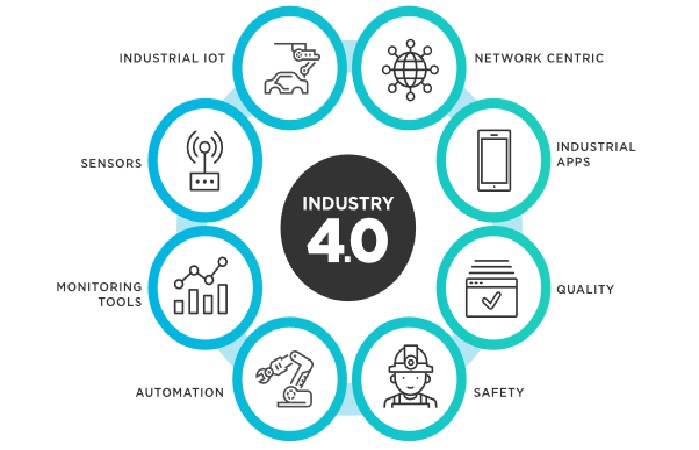
Figure 2: Industrial Internet of Things
The technologies have made IoT possible
While the idea of IoT has been in existence for a long time, a collection of recent advances in a number of different technologies has made it practical.
- Access to low-cost, low-power sensor technology. Affordable and reliable sensors are making IoT technology possible for more manufacturers.
- Connectivity. A host of network protocols for the internet has made it easy to connect sensors to the cloud and to other “things” for efficient data transfer.
- Cloud computing platforms. The increase in the availability of cloud platforms enables both businesses and consumers to access the infrastructure they need to scale up without actually having to manage it all.
- Machine learning and analytics. With advances in machine learning and analytics, along with access to varied and vast amounts of data stored in the cloud, businesses can gather insights faster and more easily. The emergence of these allied technologies continues to push the boundaries of IoT and the data produced by IoT also feeds these technologies.
- Conversational artificial intelligence (AI). Advances in neural networks have brought natural-language processing (NLP) to IoT devices (such as digital personal assistants Alexa, Cortana, and Siri) and made them appealing, affordable, and viable for home use.
References:
- https://builtin.com/artificial-intelligence
- https://www.mygreatlearning.com/blog/what-is-artificial-intelligence/
- https://www.europarl.europa.eu/news/en/headlines/society/20200827STO85804/what-is-artificial-intelligence-and-how-is-it-used
- https://www.govtech.com/computing/understanding-the-four-types-of-artificial-intelligence.html
- https://www.javatpoint.com/types-of-artificial-intelligence
- https://www.forbes.com/sites/cognitiveworld/2019/06/19/7-types-of-artificial-intelligence/?sh=49ea37e233ee
Cite this article:
D. Vinotha (2021), IoT: Internet of Things, AnaTechMaz, pp. 5


